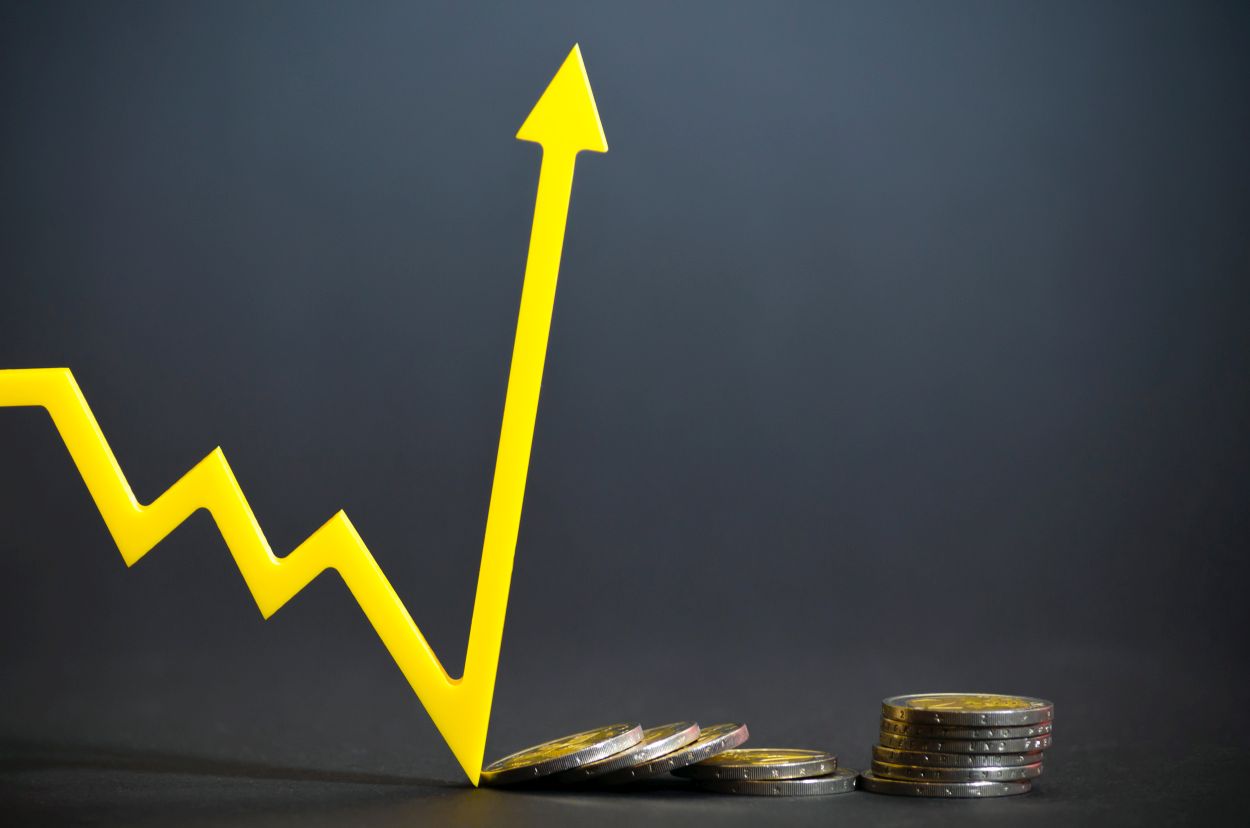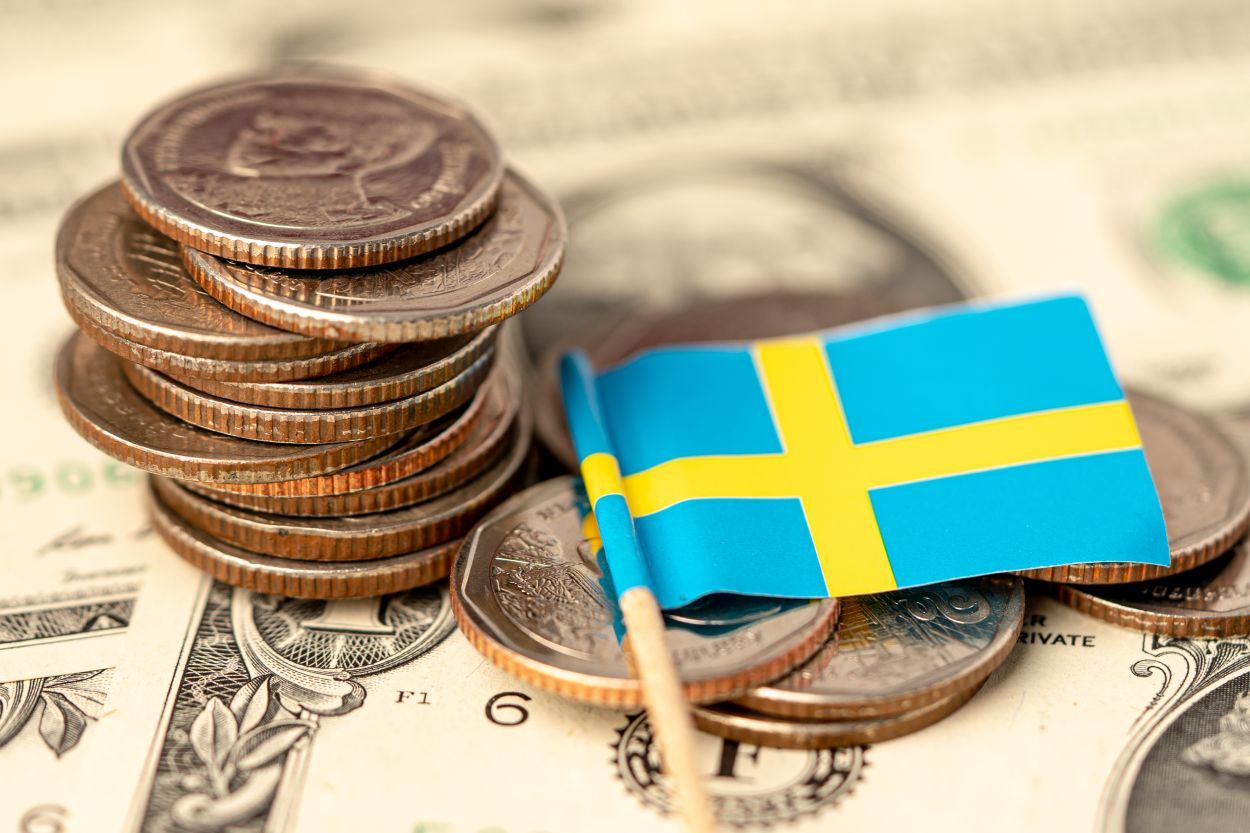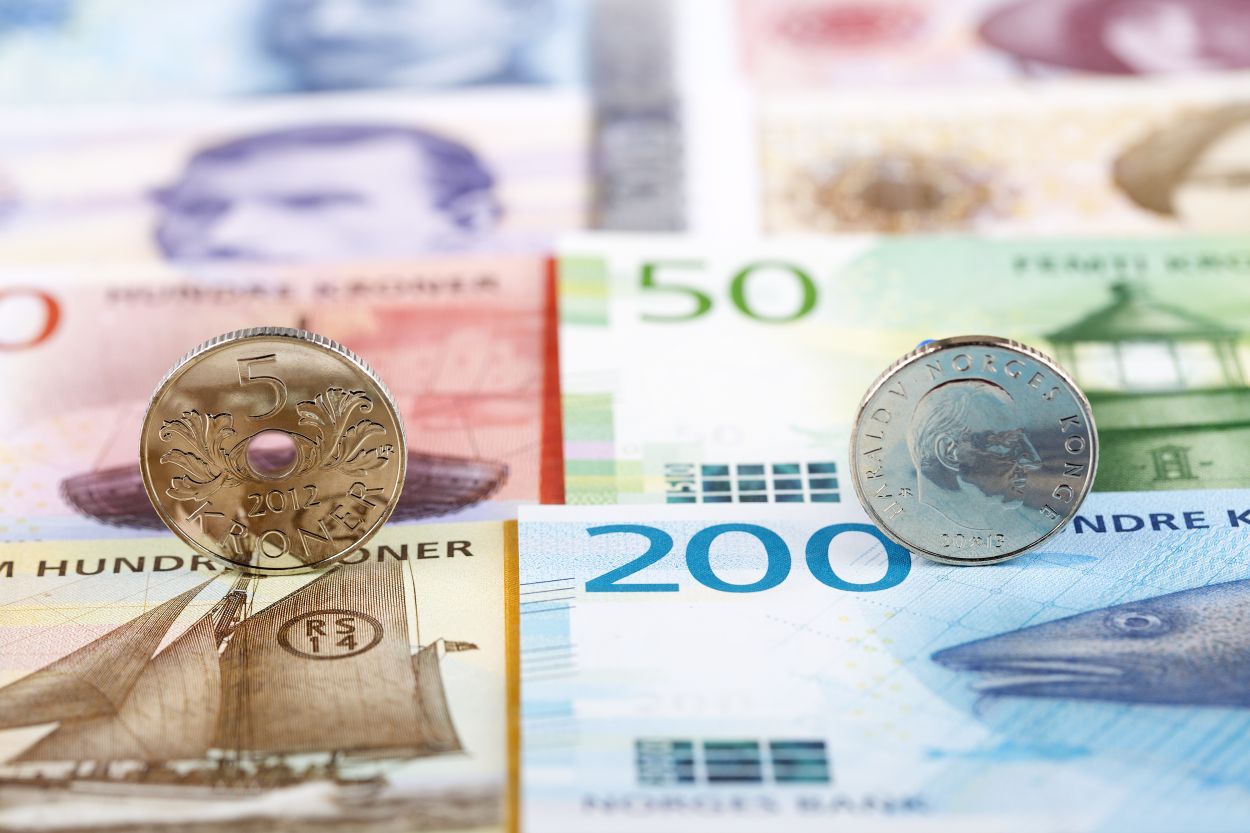Markets acknowledged widespread signs that the US economy is slowing. This is despite a clear warning against assumptions that the Federal Reserve could push back on raising interest rates further or start cutting them at some point in the first months of the new year.
The trading week, in which the bulls dominated the direction of the USD/JPY pair, ended with gains, crossing the resistance level of 137.70 and closing stable around the resistance of 137.50.
This gave back to the markets the momentum for the possibility of moving towards the next psychological resistance of 140.00. The US dollar gained more momentum from the hawkishness that the Federal Reserve Bank of America representatives, led by Jerome Powell, signaled. They stated the bank is determined to raise American interest rates strongly until the American inflation, which has reached its highest level in 40 years, is contained.
Jerome Powell’s historic speech on Friday focused heavily on three key lessons for policymakers to draw from the Fed’s experience with inflation during the dark decades of the 1970s and 1980s, but he also offered a realistic assessment of the outlook for the U.S. economy as the bank tries to push inflation down from its highest levels in several decades.
„The restoration of price stability will take some time and requires the strong use of our tools to achieve a better balance between supply and demand. Lowering inflation will likely require a sustained period of flat growth. Furthermore, it is very likely that there will be some partial decline in the labor market,” said Powell, “While high interest rates, slow growth, and soft labor market conditions will lead to lower inflation, they will also cause some pain for households and businesses. And these are the unfortunate costs of reducing inflation. But the failure to restore price stability will mean much more,” he added.



